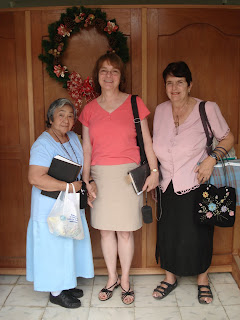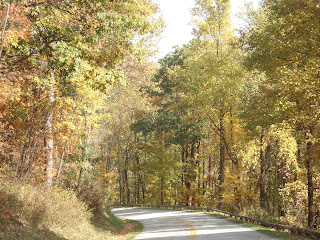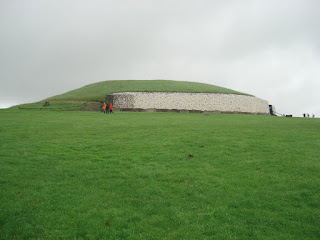
Nancy and I spent Christmas 2006 in Rome. We flew from Tirana, Albania, to the Italian capital on Christmas Eve day and spent two days there before meeting JJ and driving through northern Italy. We heard the bells of Rome peal at midnight, announcing the birth of the Savior, and stood in Vatican Square twice to see and hear the Pope address the world. A memorable Christmas.
We spent Christmas 2007 in Greensboro. We were with family—Emily, Steve and Colette, JJ (en route to Phoenix from Tacoma), and Steve’s mother. Quite a different Christmas and quite a wonderful one.

But Christmas eve day, as in 2007, saw Nancy and I in the air, flying not from Tirana to Rome but from Merida, Mexico to Greensboro. We had been in Merida for only a couple days, and were there for a very special purpose—the wedding of Febe Pat, a long-standing friend and former Trainee at Calvin. Nancy and I had helped Febe through her theological training at San Pablo Seminary, and we had hosted her in our home in Shoreline. We had followed her life’s journey in prayer and I had been honored to be invited to deliver the sermon in the worship service which preceded the actual marriage ceremony. Our good friend Dave Legters was charged with tying the knot between Febe and Samuel.

In Christian circles in Mexico there are two weddings. One is the formal and legal one, which happens before a civil magistrate of some kind. These ceremonies are not considered the actual wedding by believers, but are occasions for celebration and joy. The Christian wedding is incorporated into a worship service some time after the civil ceremony, and to the couple it is this service which constitutes their union.
Febe’s wedding was a true celebration, held in the church she had grown up in, the village of Yobain. Her husband-to-be is active in leadership of a Presbyterian church in his home village, works in the local school, and is highly respected in the community. Febe’s impact on many people was witnessed to by the number who came from the villages in which she has worked. At one point in the ceremony people were invited to stand and state where they came from, and every campo (i.e. field-work location) Febe had worked in was represented in good numbers. It was obvious that many wanted to share in the celebration and witness to the impact for Christ she had made on their lives.

It is customary for the bride and groom to sit for the worship service in special chairs set up directly in front of the pulpit. The parents of both are also seated in special chairs, two on each side of the couple. My message was to address the entire congregation, but the wedding family was front and center. The service following the worship was simple—an exchange of vows, rings, and prayer. Then there was the processional, throwing of rice, photos, and a gala fiesta with food and music lasting until well after 12:30 a.m., when our party left to drive back to Merida. All in all it was a wonderful celebration of two people who are committed to Christ making a commitment to serve him together.

The next morning, Sunday, Nancy and I went to a special musical service at a small local church in Merida. The music was presented by the choir from the main downtown Presbyterian Church, El Divino Salvador, the choir which Jean Legters accompanies. The presentation was a kind of dress rehearsal for the big Christmas eve presentation in the main church, and was a joy to share in.

After that, in the evening, Nancy went to the church Dave Legters pastors, where there was a traditional Christmas presentation, while I drove two hours out of Merida to take Dave Pluckett to a Presbyterian Medical Clinic in Xochempich, the village in which Dave Legters was raised. Dave’s father was a pioneer missionary who shared ministry and vision with Cam Townsend, the founder of Wycliffe. He lived in the village of Xochempich and was the first to translate the Bible into Maya. The homesite he raised Dave in and from which he worked was later converted into a medical clinic, and Dave Pluckett, who is president of Positive Images, Prosthetics and Orthotics, was going there to consult with two people whom he had fitted with artificial limbs. As I sat outside the clinic in the peaceful calm of a warm tropical evening, I could not help thinking about what Dave was doing as a personal ministry in the name of Christ, literally helping the lame to walk.
What a prelude to Christmas. A joyful wedding uniting two in Christ, a service of songs of praise to the One who was born to give us new life, and a ministry of giving hope and health to the poor in the name of that One. Although Dave and I ran out of gas on the lonely highway back to Merida (another story for another time perhaps), that could not dampen my appreciation and thanksgiving to God for all he continues to allow me to see and do. Truly life in Christ is life In His Adventures.












































